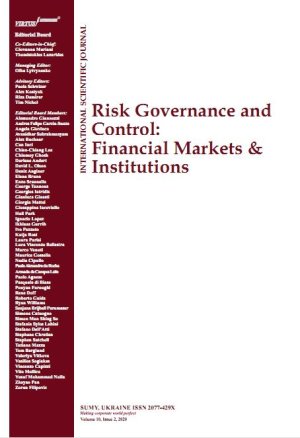
CURRENT EXPOSURE METHOD FOR CCP’s UNDER BASEL III
Download This ArticleAbstract
Exposure-at-default is one of the most interesting and most difficult parameters to estimate in counterparty credit risk. Basel I offered only the non-internal Current Exposure Method for estimating this quantity whilst Basel II further introduced the Standardized Method and an Internal Model Method. Under new Basel III rules a central counterparty is defined as being a financial institution. New principles set out by the Basel Committee on Banking Supervision forces Central Counterparties in using the Current Exposure Method when estimating the credit exposures to Clearing Member banks notwithstanding its shortcomings. The Current Exposure Method relies on the Value-at-Risk methodology and its characteristics are discussed in this note. We will particularly investigate exposures to SAFCOM, the South African clearing house and point to a mathematical discrepancy on how netting is effected through the Basel accord.
Keywords: Exposure-at-default, EAD, Value-at-risk, VaR, Basel III, IOSCO, Current Exposure Method, CEM, Central Counterparty, CCP, Counterparty Credit Risk, CCR, Netting, Credit Conversion Factor, Default Fund
How to cite this paper: Kotzé, A., & du Preez, P. (2013). Current exposure method for CCP’s under Basel III. Risk Governance and Control: Financial Markets & Institutions, 3(1-1), 82-92. https://doi.org/10.22495/rgcv3i1c1art2



















